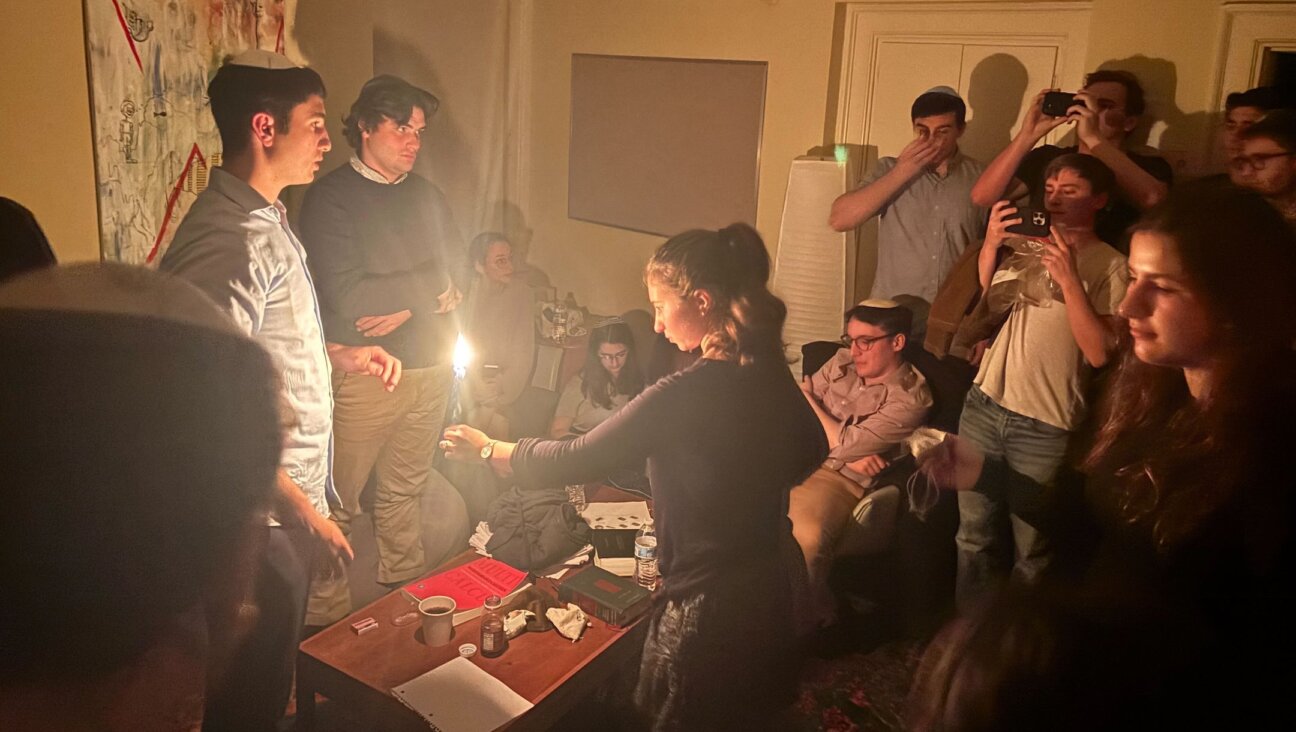Shofar as Midwife
There are some Jewish holidays where the feminine aspect is front and center, as on Passover, which counts women are pivotal characters and when we remember coming through “the narrow place” in our exodus and re-birth from Egypt, and Purim, whose heroine, of course, is Esther.
I hadn’t thought of Rosh Hashana as one of those female-focused holidays, but reading a new gloss on the meaning of the shofar, the ram’s horn used during this period of reflection and renewal, in which it is likened to a midwife, has shown me a new perspective.
Rabbi DovBer Pinson, who runs a Brooklyn center for learning and spirituality called Iyyun, has published an online booklet of mystical insights into the Jewish New Year. In it, which can be read in its entirety here, he writes:
A Shofar with its narrow mouthpiece and wider opening resembles a birth canal. In fact, the Torah mentions a great woman with a related name, Shifra, who was a midwife to the the children of Israel at the time of the birth of Moses in Egypt. Her name means to make beautiful, and that is what she did; she ensured that the babies would emerge healthy and viable, then swaddled and massaged them to foster their strength and beauty.
The Shofar is the midwife of the new year. Into its piercing cry, we squeeze all of our heartfelt prayers, all of our tears, our very essence. All that exists resonates with its call until it reaches the very beginning, the cosmic womb. And there it touches upon High: the Divine Presence shifts modalities from transcendence to immanence, from strict judgment to compassion.
The flow of energy into the world is similar to breath, a Divine exhale, filling creation and then immediately, as in to allow manifest reality to remain in existence, a cosmic inhale. Back and forth, exhale and inhale, running and returning.
First comes the Divine exhale, as it were, a “movement” within the One, which creates a wind within the mouth, which gives rise to Divine speech, which is a spiritual vibration, which gives rise to a physical vibration which in turn is energy and thus matter.
This in and out movement is continuous. Every moment there is a new exhale of Hashem into the world and the world is created anew at every moment. On Rosh Hashanah there is the embodiment of all renewal of the entire year, this is the great Exhale of the Year.
Every year before the blowing of the Shofar there is a great cosmic inhale and retention of breath, the Light of the year that has just passed returns to its Source above, and only later, at the blowing of the shofar, the literal filling of the hollowed Shofar with breath, is there an exhale, the filling of the cosmic void with life and renewed divine energy.
This continuous movement of Divine energy flow in and out, exhale and inhale, is rooted in the Name of Hashem, and when we blow the Shofar we are being the agents to bringing down Infinite light into this world, we are filling—with our breath—the empty space of creation with a new Divine light and blessing.
We become co-creators, blowing out a new year, with new life through the blowing of the Shofar.
The act of blowing the Shofar is an act of giving life. We take an inanimate hollowed out horn and blow life into it, giving life to lifelessness. Life is a composite of the four elements, fire, wind, water and earth, or alternatively, hot, moist, cold and dry. When a persons blows they are employing the elements of wind, water/moist and fire/heat, the Shofar itself is the inanimate, dry and earthlike. Through bringing all these elements together we are creating new life. A new year and new life force is blown into reality.
To all of The Sisterhood’s readers: May you bring into reality a new year of joy, well-being and peace, for you and those you love.

















